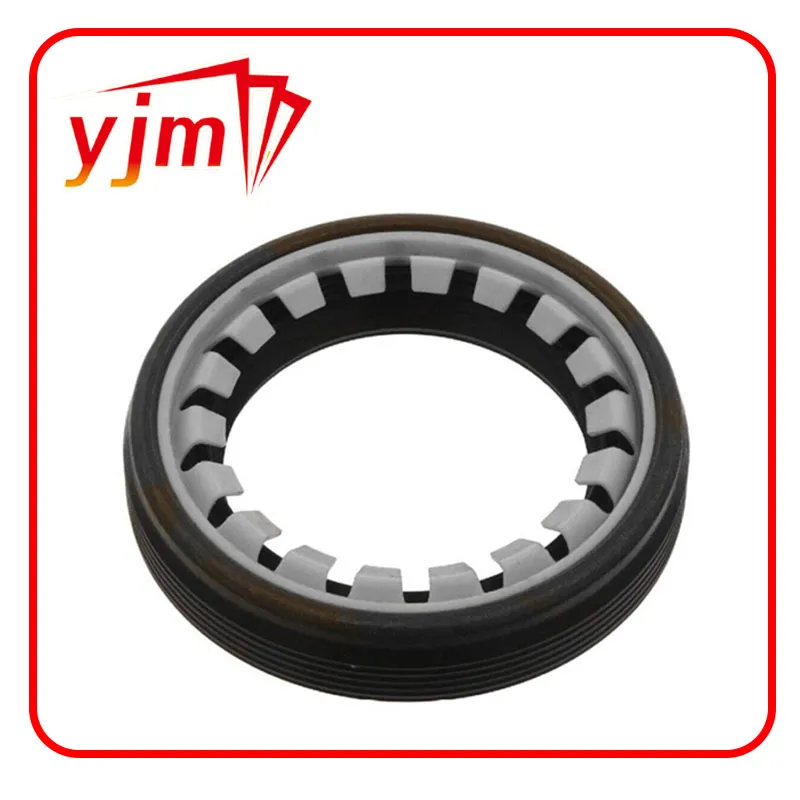flat rubber gasket material
Understanding Flat Rubber Gasket Materials A Comprehensive Guide
Flat rubber gaskets are critical components in various mechanical systems, providing a reliable seal between two mating surfaces to prevent the leakage of fluids and gases. Their versatility and effectiveness make them indispensable in numerous industries, including automotive, aerospace, plumbing, and manufacturing. This article delves into the types of rubber materials used for flat gaskets, their properties, applications, and best practices for selection and maintenance.
Types of Rubber Materials
Flat rubber gaskets can be made from various types of rubber, each tailored for specific applications. The most common materials include
1. Nitrile Rubber (Buna-N) Known for its excellent resistance to oil and fuel, nitrile rubber is commonly used in automotive applications. It can withstand a wide range of temperatures and provides good mechanical properties.
2. EPDM (Ethylene Propylene Diene Monomer) This synthetic rubber offers outstanding resistance to weathering, ozone, and high temperatures, making it ideal for outdoor applications such as roofing and automotive seals.
3. Neoprene With good resistance to ozone, weathering, and oil, neoprene is often used in industrial applications where exposure to harsh environments is expected.
4. Silicone Known for its high-temperature resistance and flexibility, silicone gaskets are often used in food processing, pharmaceutical, and medical applications due to their non-toxic properties.
5. Viton (Fluorocarbon Rubber) With excellent chemical resistance and high-temperature stability, Viton is suitable for applications involving aggressive chemicals and extreme temperatures, often found in aerospace and automotive sectors.
Properties of Flat Rubber Gaskets
The effectiveness of a flat rubber gasket relies on several key properties
- Compressibility A good gasket material should be compressible enough to fill minor surface irregularities while maintaining a tight seal. - Elasticity This property allows the gasket to return to its original shape after compression, ensuring longevity and effectiveness in sealing. - Chemical Resistance Depending on the application, gaskets must resist deterioration from chemicals they encounter. - Temperature Resistance Rubber gaskets must withstand the operating temperatures of their environment without losing performance.
flat rubber gasket material

Applications of Flat Rubber Gaskets
Flat rubber gaskets are employed in a wide range of applications, including
- Automotive Industry Used in engines, transmissions, and fuel systems to prevent oil, coolant, and fuel leaks. - HVAC Systems Provide seals in ducts and coils to enhance efficiency by preventing air leaks. - Plumbing Used in fittings and flanges to seal joints and prevent leaks in water and gas pipelines. - Electronics Used in electrical enclosures to prevent moisture ingress, ensuring the longevity and reliability of electronic components.
Selecting the Right Gasket Material
Choosing the appropriate flat rubber gasket material is crucial for ensuring optimal performance. Factors to consider include
- Operating Environment Assess the temperature, pressure, and chemical exposure the gasket will face. - Material Compatibility Ensure that the gasket material is compatible with the fluids it will seal against. - Mechanical Properties Evaluate the required tensile strength and elongation properties based on the application's demands.
Maintenance and Best Practices
Proper maintenance can extend the life of flat rubber gaskets. Here are some best practices
- Regular Inspection Frequently check gaskets for signs of wear, cracking, or deformation. - Adequate Torque Ensure that flanges are torqued to the manufacturer's specifications to avoid over-compression or under-compression of the gasket. - Replacement Schedule Follow a regular replacement schedule based on the application demands and environmental conditions.
Conclusion
Flat rubber gaskets are essential components in numerous applications, providing effective seals that prevent leaks and enhance performance. By understanding the various materials, properties, and best practices associated with flat rubber gaskets, industries can ensure reliability and efficiency in their operations. Whether in automotive, HVAC, or industrial settings, selecting the right gasket material and maintaining it properly are critical steps to achieving successful sealing solutions.
-
Understanding Automotive Oil Seals: Essential Components for Engine and Shaft Protection
News Jul.30,2025
-
The Importance of Heavy Duty Seals in Industrial and Residential Applications
News Jul.30,2025
-
Exploring Industrial Oil Seals: From Felt Oil Seals to TTO and CFW Solutions
News Jul.30,2025
-
Essential Guide to Oil Seals: From Radial to Metal-Cased Seals for Industrial Reliability
News Jul.30,2025
-
Choosing the Right Oil Seals and Gaskets for Industrial and Automotive Applications
News Jul.30,2025
-
Cassette Seals: Durable Sealing Solutions for Harsh Environments
News Jul.30,2025
-
Understanding the Front Main Engine Seal: Purpose, Maintenance, and Installation
News Jul.29,2025
Products categories















